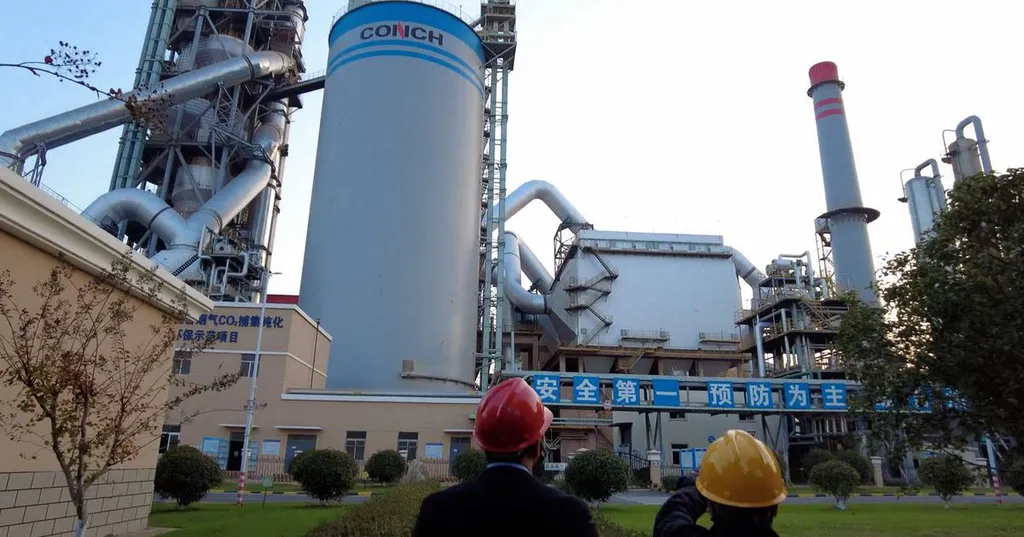In the heart of China’s industrial landscape, a groundbreaking study is reshaping the future of sustainable construction and energy production. Led by Wenbin Tang from the School of Economics & Management at Changsha University of Science & Technology, this research is not just about reducing waste; it’s about transforming it into a valuable resource that could redefine the technological economy.
The study, published in *Case Studies in Thermal Engineering* (translated as “热工程案例研究”), focuses on integrating waste-derived cementitious composites into both coal power and renewable energy frameworks. This isn’t just about recycling; it’s about creating a symbiotic relationship between two seemingly disparate industries. “By substituting conventional cement with surface-modified waste rubber and pozzolanic by-products, we’re not only reducing carbon emissions but also creating a more resilient and cost-effective construction material,” explains Tang.
The implications for the energy sector are profound. The research demonstrates that optimized mixes of these composites can reduce CO2 emissions by up to 28.6% and lifecycle costs by 17.4%. This is a game-changer for industries grappling with the dual challenges of decarbonization and economic viability. “This isn’t just about being environmentally friendly; it’s about being economically smart,” Tang emphasizes.
The study also highlights a significant improvement in compressive strength by 22% and long-term durability by 19%. These enhancements make the materials not only sustainable but also highly competitive in the market. The research suggests that coupling waste valorization with energy transition strategies can significantly advance China’s circular economy and construction decarbonization goals.
For policymakers, the message is clear: promoting hybrid industrial symbiosis between coal power residues and renewable energy infrastructure materials is a win-win strategy. It’s about creating a future where waste is not just managed but valued, and where energy production and construction go hand in hand towards a more sustainable and economically robust future.
As the world grapples with the urgent need for sustainable solutions, this research offers a beacon of hope. It’s a testament to the power of innovation and the potential of waste-derived materials to reshape our industries and our planet. The study’s findings could pave the way for future developments, encouraging other regions to explore similar symbiotic relationships between waste management and energy production. In doing so, it sets a new standard for sustainable construction and energy frameworks worldwide.

